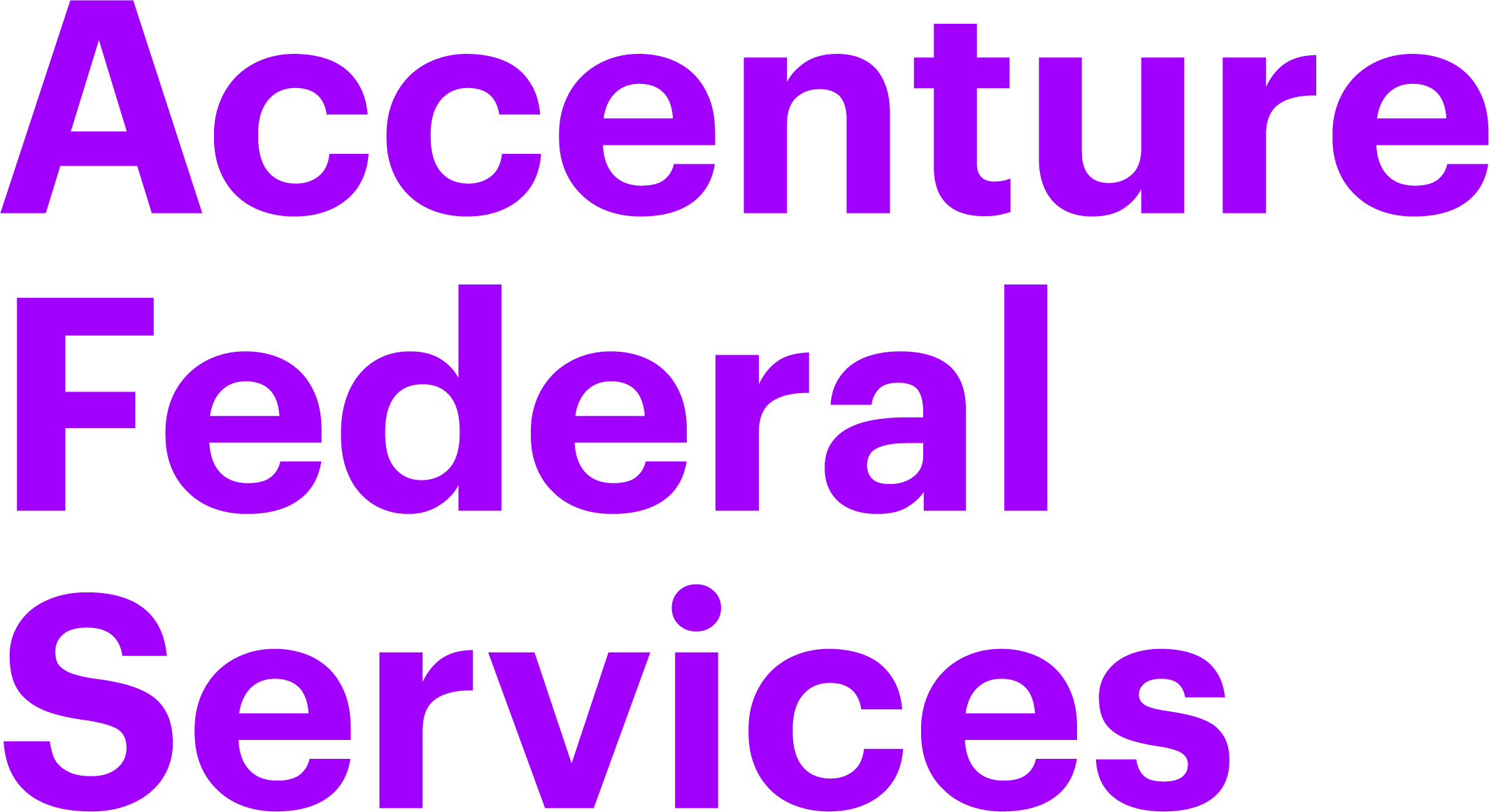Finding the Right Approach for Sustainable Federal IT Cost Reduction
Presented by
Accenture Federal Services

The traditional approach of IT cost-cutting has been to trim the surface layer of programs or services that aren’t deemed essential, but where do you go from there? Federal IT can’t risk carving into the underlying layer of muscle that supports the mission and hindering the organization’s ability to operate efficiently.
IT cost reduction that only focuses on tangible, obvious components—e.g., hardware, software and data centers—won’t lead to sustainable savings. Federal IT leaders who take a practical approach to cost-cutting can increase government efficiency while still supporting the mission.
These three steps can begin the process for strategic cost reduction in IT costs
1. Mission Measurement
First, survey the agency’s mission goals and outline what IT can do to support those goals. This often requires looking at the end result—the problem that needs to be solved—and working backwards from there. Then, identify how IT is supporting or can support these mission goals. Don’t stop with the obvious; look to see if there are hidden opportunities that will enable you to increase the value that IT provides.
2. Rank Importance
Once you’ve inventoried IT capabilities of value, it’s time to prioritize investments by determining what aligns with the mission.
3. Align IT Spend to Priorities
Federal agencies will get greater returns by matching IT dollars with mission objectives. There are methods for determining where to invest in IT. For instance, look at IT capabilities based on whether they are used to run the organization, grow the agency, or transform for the future.
Learn more about each of these steps by reading Finding the Right Approach for Sustainable Federal IT Cost Reduction.
NEXT STORY: Accenture Digital Borders Survey - Infographic


